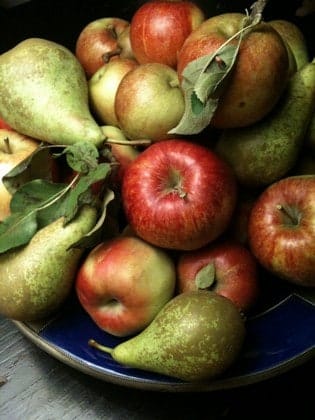There is nothing worse than travelling sick.
Not the kind of sick that leaves you with a little bit of the sniffles. I mean proper sick. The kind where your body aches in every nook and cranny.
Your throat feels like it is filled with sandpaper and your head pounds with the sounds of a construction crew.
Sitting in a hotel room staring out the window in some foreign city watching all the other tourists gorge themselves on sights while all you want to do is curl up at home and let your Mum look after you really sucks.
Actually there is something worse…
And that is when you have a trip coming up and you can feel the start of a cold coming on.
We had planned to go Mountain Biking in the north of England over the weekend and had even pre-booked our accommodation at the local YHA in Kielder. Unfortunately all week I have had the effects of one of those very colds.
Waking up bright and early on a beautiful Saturday morning with our bags packed and bikes set up I knew immediately that there was no way I could enjoy myself on this trip. I felt like shit.
There was nothing to do but cancel.
I had done everything right. I was a pill popping maniac. A few lozenges here, Vitamin C there. Nothing helped and the flu hit me like a tonne of bricks.
Could I have battled on and gone on the trip. Sure I could have. Would I have felt sorry for myself the anytime. You betcha.
We want to make sure that you don’t feel like me and get to enjoy your holidays! So these are our top travel tips to stay healthy while travelling:
Healthy eating and maintaining a balanced diet
Travelling and maintaining a healthy diet. “Pffff as if” you are thinking! Well let me tell you it can be done. Eating right will not only help keep you healthy it will also keep you on top off the world giving you the energy to continue exploring.
Vending machine lights will attract travellers like moths to a flame. Make sure you grab your 5 a day with local fruit and veges which will always be cheaper than that greasy kebab at the corner market stall.
Keep hydrated
If you are a frequent plane traveller then you will know that you will become dehydrated when you fly. And it is not just your insides. Your skin will become dry as well so remember to use moisturizers and fine sprays to keep your skin moist too.
Staying fit
The temptation to relax at all inclusive resorts can be alluring. However, just be aware that if you do then you are more likely to put on those few pounds that you probably tried so hard to shed before you started travelling.
If you are like us then you probably stay reasonably active on holidays. But you don’t have to go mountain biking in Canada or diving in the Red Sea to do that. Instead of catching a taxi or bus across town consider hiring a bike or using those two things sticking out the bottom of your pants. Yes, your feet!
Get lots of Sleep
Travelling across time zones will quickly screw up your body clock. Unfortunately it is one of the hardest tips to set right. With your head nodding onto your chest do you try to grab an hours sleep when you arrive or party till you drop?
We recommend fitting in with the local time zone immediately. If it is the morning when you arrive then make sure you stay up till at least the evening. This will help you adjust quickly while still giving the rest you need to stay healthy while travelling.
Keep your paws clean
I was horrendously sick when we visited Marrakech and we could never pinpoint what went wrong. I don’t know whether it was the food I ate, the snake that was forced around my neck and made to kiss or something I touched. All I know is that I lost 8 kilograms in 2 weeks.
We wash our hands with alcohol sanitizer after we handle money or go to the bathroom when we are in foreign countries. It is disgusting not knowing what other people have done and then not washed their hands. So take all the precautions you can as well.
Medicines and Vaccinations
While you don’t have to carry a suitcase of spare meds as most places will stock the standards like paracetamol, cough drops and other pain killers. It is wise to carry spare prescriptions with you and translate lists of medications you usually use if you are headed to a foreign country.
If you regularly take medicines such as for asthma like myself then you know how much of a pain in the ass it can be if you run out or misplace your inhaler.
If you are headed somewhere that may require vaccinations then make sure you plan those well in advance. Some may require several doses over the course of a couple of months.
Better safe than sorry
These are pretty basic travel tips, but the basics are the ones that most of us often forget. Our greatest piece of advice is just to stop and consider everything you do, before you do it.
If the food doesn’t look quite cooked, or the water is cloudy, or that dude offering to shake your hand just sneezed into it then it might be worthwhile skipping it.
You do not want to end up like me at the moment and be travelling sick!



